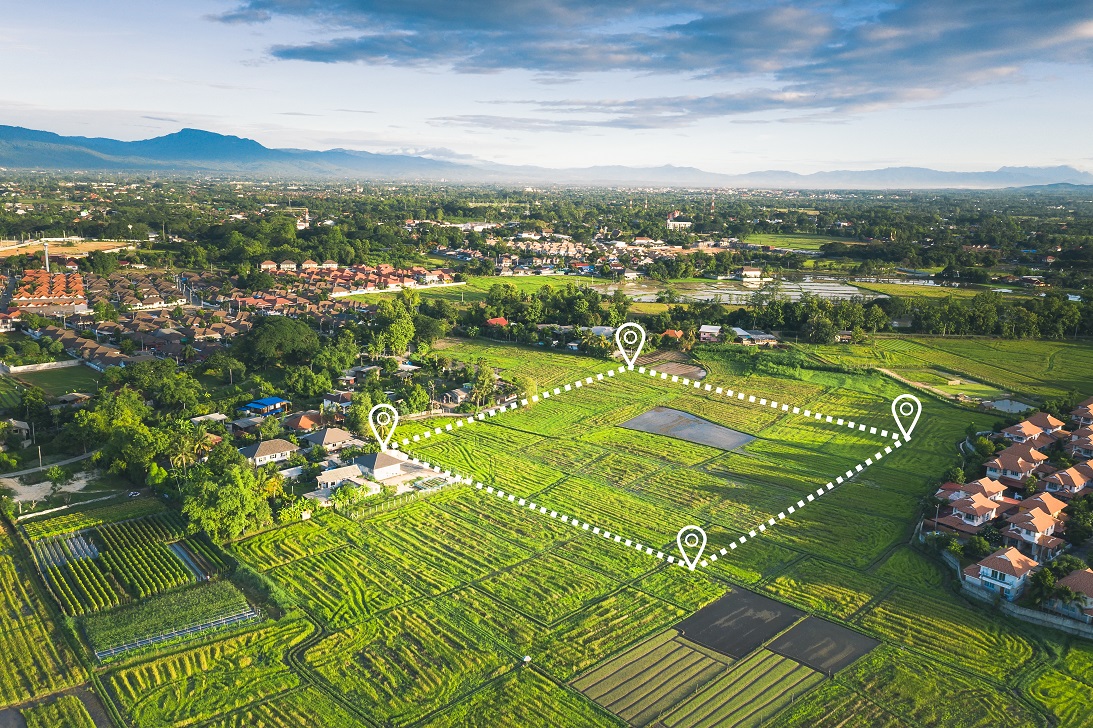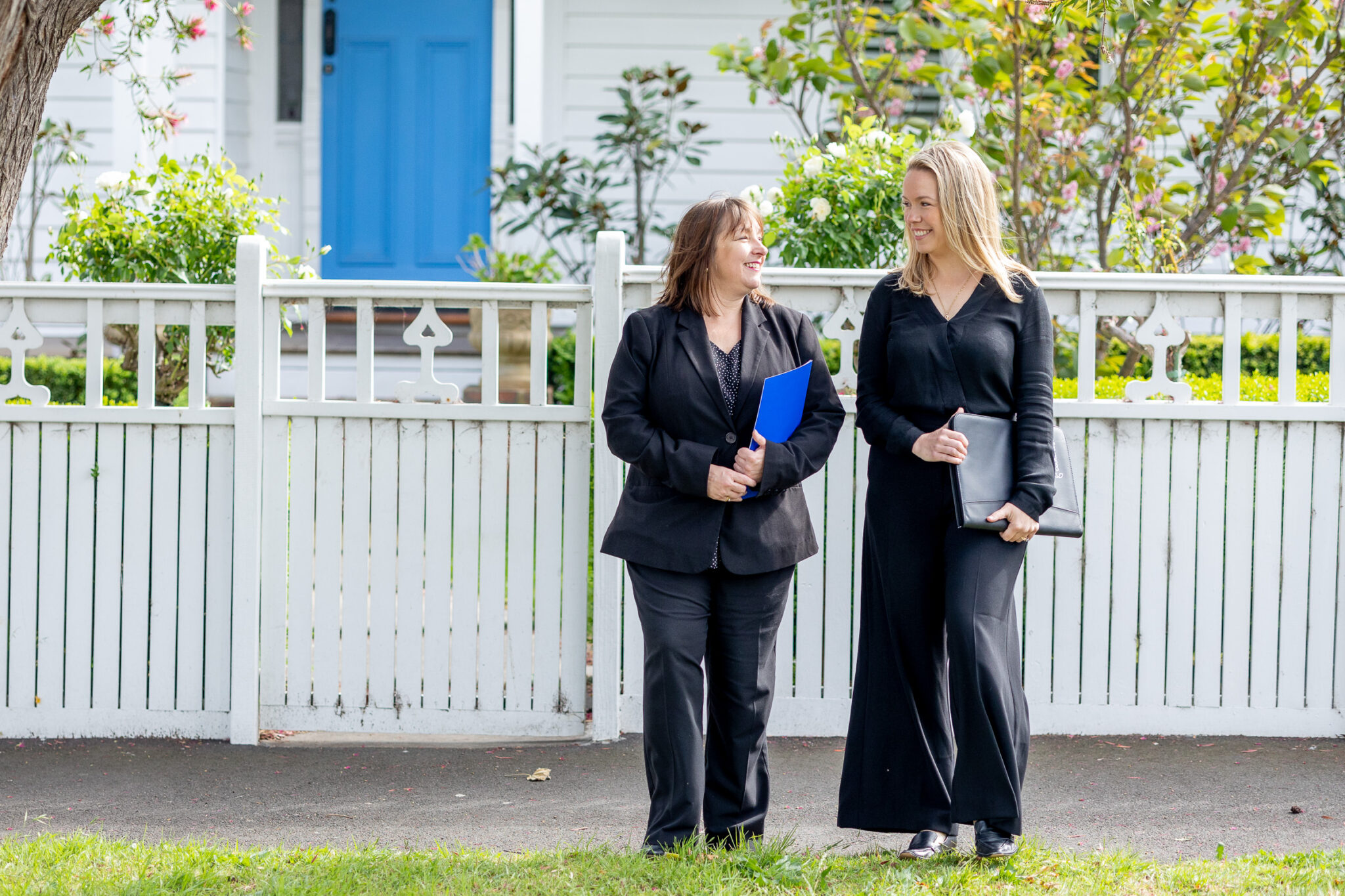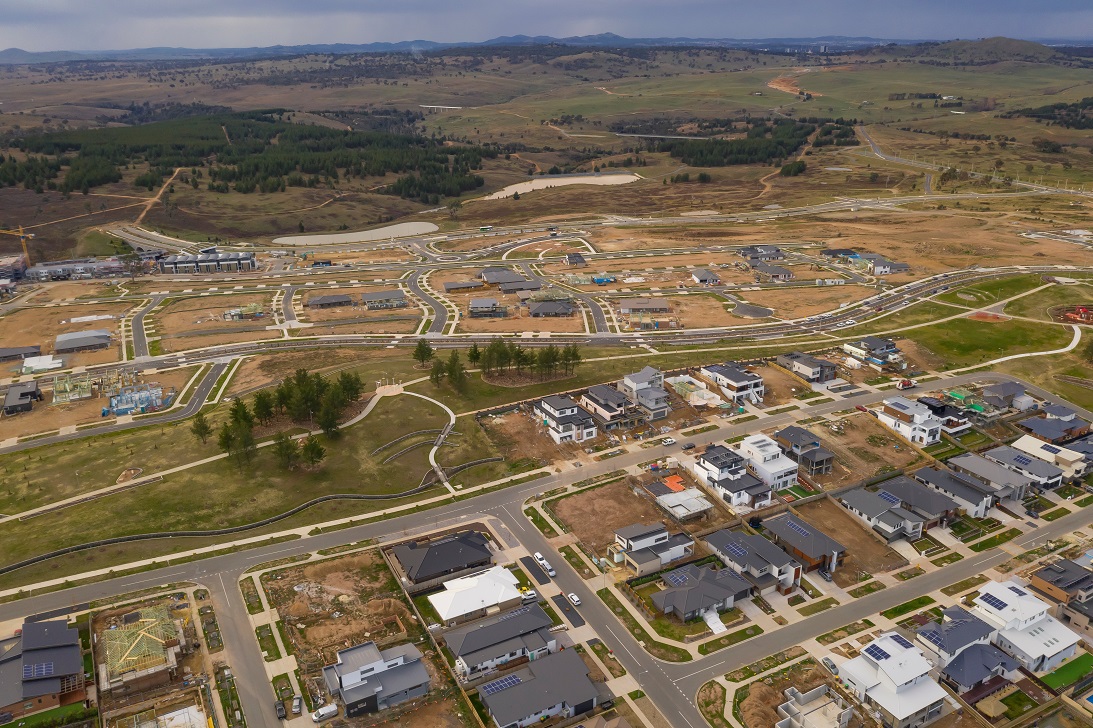Background
As part of its 2021-22 budget, the Victorian Government announced that it would be implementing a new Windfall Gains Tax (“WGT”) aimed at taxing landholders for the uplift in value that occurs as a result of state government planning decisions to re-zone land.
The Victorian Government is expecting to claw back an astounding $40 million per year from developers and landowners who experience windfall gains, stating that the intention is to share this money with the community by investing it in public transport, schools and other vital infrastructure.
Specifics details of the tax are still being debated with the Windfall Gains Tax and State Taxation and Other Acts Further Amendment Bill 2021 (“the Bill”) only having its second reading moved by the Legislative Assembly on 13 October 2021.
What is a windfall gain?
When land is re-zoned to create new residential estates, the value of the land can increase substantially overnight. This increase in value is known as a windfall gain.
When is it triggered
The Bill sets out that WGT will be imposed on land that that is re-zoned by a WGT Event after 1 July 2023. A WGT Event is defined in the Bill as any rezoning that is not an excluded rezoning. The Bill further defines ‘excluded re-zonings’ as follows:
- a rezoning between schedules in the same zone;
- a rezoning that causes land to be brought within a Growth Areas Infrastructure Contribution area (“GAIC”);
- the first rezoning after 1 July 2023 of land that was in a GAIC area immediately before that the rezoning date;
- a rezoning that causes land that was not in a public land zone to be in a public land zone;
- a rezoning that causes land that was in a public land zone to be in a different public land zone;
- any other zone declared by the Treasurer of Victoria to be an excluded zone.
Exemptions
In addition to excluded re-zonings, certain properties will be exempt from WGT. These are as follows:
- land (that is less than 2 hectares) which includes a home that is capable of being lawfully used for residential purposes, provided that this land is the only residential land owned by the taxpayer;
- This excludes primary production land in excess of 2 hectares, retirement villages, commercial residential premises, residential care facilities and land being used for supported residential services; and
- properties owned by registered charities, provided that the charity continues to use the land for charitable purposes for at least fifteen years after a rezoning.
Tax rates
WGT will be calculated based on valuations undertaken by the Valuer-General Victoria on the pre-rezoning and post-rezoning capital improved values of land. The capital improved value of land includes the value of any improvements such as houses and infrastructure. The difference between the pre-rezoning and post-rezoning capital improved values will be the windfall gain, otherwise referred to in the Bill as the value uplift.
The effective rate of tax will be 62.5% of the value uplift above $100,000.00 for windfall gains between $100,000.00 and $500,000.00. Windfall gains in excess of $500,000.00 will be taxed at 50% of the value uplift that is above $100,000.00.
For example, if a property experiences a windfall gain of $350,000.00, the WGT will be calculated as 350,000.00 – 100,000.00 x 61.5% which equates to a total WGT liability of $156,250.00.
The following table provides a breakdown of the tax rates applicable:
| Windfall gain | Tax payable |
| <$100,000.00 | $0.00 |
| $1,000.00 to <$500,000.00 | 62.5% of value uplift above $100,000.00 |
| $500,000.00 and over | 50% of value uplift above $100,000.00 |
Timing for liability
Payment of WGT will become due from the date that the landowner receives a notice of liability. This will most likely be very shortly after the re-zoning is published in the Victorian Government Gazette in accordance with the re-zoning process set out in the Planning and Environment Act 1987 (Vic) (“P&E Act”). The landowner will then have up to 60 days to either pay the WGT or request a deferral of payment.
Liability of payment will be secured by virtue of a first statutory charge, similar to GAIC liabilities under the P&E Act.
Similar to GAIC, payment of WGT can be deferred to the next trigger event, being the next dutiable transaction or dutiable acquisition of an interest in land but only to a limit of 30 years. This means that landowners can defer payment to the earlier of the next dutiable transaction/acquisition as defined in the Duties Act 2000 (Vic) or to the date which is 30 years after the WGT liability arose.
If the WGT liability is deferred it must then be paid within 30 days of the next trigger event occurring (ie dutiable transaction/acquisition or expiration of the 30 year deferral period).
The Bill states that deferred WGT will accrue interest that will be calculated at a daily rate using the Government’s 10 year bond rate as applicable from time to time.
What does it mean for me?
WGT is going to have a massive flow on effect for all demographics.
The property development industry is already heavily taxed under the P&E Act via infrastructure contributions and other various land taxes and duties. The implication of a new tax narrows the profit margins available to developers who are completing projects that require the re-zoning of land.
The narrowing of profit margins for developers means that there is likely to be a flow on effect to the consumer. Developers are unlikely to simply absorb their WGT liabilities. Instead the consumer will most likely see developers charging premium prices for their subdivided lots in an order to expand their profit margins.
Not only will WGT have a heavy impact on developers and consumers, it is likely to have an impact on landowners and families who do not intend on developing their land. Farmers with vacant land in excess of 2 hectares on the urban fringe need to be aware that their land may become subject to a WGT liability through no fault or doing of their own.
The Bill is already facing heavy criticism and opposition from the Property Council of Australia, Housing Industry of Australia, Urban Development Industry of Australia and Master Builders Association of Victoria suggesting that WGT is nothing but a tax on Victoria’s economic recovery.












